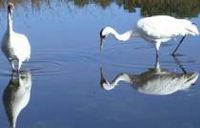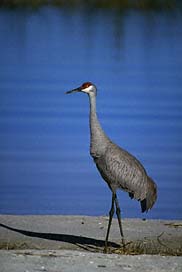The Richmond Hill Naturalists have recently learned that the University of Toronto is planning to close David Dunlap Observatory, declare the lands ‘surplus’ and sell it off in an ‘open bid’ process to those who can most afford this 189 acres, i.e., developers!
The University of Toronto’s Governing Council will meet on October 30th at 4:30pm to determine whether to accept the proposal of the Observatory lands becoming “surplus” and therefore to be put up for sale. There are 30 reserved seats and 30 first come-first served seats. To RSVP for a seat call 416 978-6576 and to send letters or speak as a deputant (3 minutes max) contact Matthew Lafond, Recording Secretary at matthew.lafond at utoronto.ca. The meeting is at Council Chambers, Simcoe Hall, University of Toronto, 27 King’s College Circle (attached to Convocation Hall).
We ask deputants and letter-writers to ask the Governing Council to NOT declare the lands ‘surplus’ and refer this matter back to staff to look at alternatives to selling the lands in their entirety, and work with the Town and public on determining the best use for these lands, in the name of science, not money!
Alternatives to development
This DDO property could become a small satellite northern campus, much like Mississauga and Scarborough. With financial support from Alumni, many of whom live in the wealthy suburbs around these lands in Richmond Hill whose children now attend UofT as students. Graduate students in particular are said to be the focus of U of T’s growth plans and this location would be ideal for a small graduate research ‘think-tank’ campus. Many of the best and brightest scholars in Ontario come from Richmond Hill high schools already, so reducing the need to travel to downtown Toronto should be considered by U of T planners. Universities can no longer continue to plan for growth for its own sake. They must also consider the social and environmental impacts they place on the outlying communities they serve. The development of new university capacity should strategically improve air and water quality and combat climate change by reducing CO2 emissions. The development of smaller satellite campuses and the creative use of high-speed network applications such as video conferencing, is an approach that could help.
As a last resort, we will fund-raise to purchase the property, an approach that would require broad public support, especially from University of Toronto Alumni. That scenario is not ideal for either the University in terms of future fund-raising (they will become the ‘bad guys’ in the eyes of Alumni in this town), nor for us as residents of Richmond Hill who will have to raise millions of dollars to compete with developers’ deep pockets. In addition, taxpayers would have to pay for a potential OMB hearing over the rezoning of the lands, which we know will be inevitable. We have long supported the Town’s initiative to protect this parcel of green-space, which is currently zoned ‘institutional’ by the Town. The Town has designated the buildings and immediate lands as ‘heritage’.
Currently, it appears that taxpayers will have to compete with land speculators in an open bid process. This was clearly stated by U of T Dean of Science, Pekka Sinervo, who told the Richmond Hill Post: “We have no restrictions on who to sell the property to. It will be based on making the highest value of sale to the university”. Thus, the price of real estate in this Town will once again be driven artificially high, just to line the pockets of the Dunlap heirs, the University of Toronto and the developers. Once again, the cost to nature and the cost to residents’ health and well-being will be unaccounted for.
As an alternative to this nasty scenario, the land should be deemed ‘public property’, kept in the hands of the U of T and turned into a northern campus. If there is any sale of land, it should be to the Town at a reasonable price with a proper Community Plan done for any land parcels that do come up for sale in future. The U of T would be far better off to look at all funding alternatives and keep the DDO operating as a spectral observatory.
It should be remembered that the DDO land is the last significant green space in the south section of Richmond Hill. The loss of this 189-acre urban wilderness will have a devastating impact on wildlife and will affect thousands of Richmond Hill residents who live in the surrounding area. Paving over the DDO lands will add traffic and noise to our already-congested roads. The loss of this property will also rob current and future generations of healthy green space that provides a host of free services including: insect control, air and water purification and carbon storage and habitat for deer and dozens of birds species.
Why close a productive Observatory?
In addition, the Richmond Hill Naturalists have learned that contrary to what the U of T officials have stated in their press release, the David Dunlap Observatory continues to operate successfully as a spectral observatory (light pollution only really is detrimental to optical astronomy) and attracts astronomers from around the globe. DDO astronomers continue to publish numerous research papers and work on special projects with institutions such as NASA. For decades, the DDO has also provided outreach programs to thousands of families and school children in the GTA by hosting school trips, special lectures and observation nights.
U of T’s September 10th press release also contains inaccurate information about the current cost of the maintenance of the facility. The $800,000 per year figure quoted in the release reflects a time when (which was only when it was operating with full-time staff),
The University also cites the need to close the facility because of light pollution. In fact, the Town has had a lighting by-law since 1995. This has helped keep light conditions of the Richmond Hill night sky at 1970′s levels. Remember, it was in that decade when U of T’s own Dr. Tom Bolton discovered the first black hole. There is no real reason to close this facility as it is still being used for astronomy.
Given that many Richmond Hill students have attended the University of Toronto over the years, the destruction of the David Dunlap property would be an unwanted, unfair and unneeded lesson for thousands of U of T Alumni. The announced plan is especially hurtful because it was brought forward with no consultation with area residents.
For these reasons, the Richmond Hill Naturalists are asking the University of Toronto cease its plan to sell off these lands. We call upon the Town of Richmond Hill, the University of Toronto and all levels of government to work together to preserve this property. We believe there are ways the Observatory can continue to operate, perhaps as an independent entity that is shared by all Ontario universities. We believe this green space can and must be saved.
| Please visit our Save the Observatory page and start sending lettersto local and provincial politicians and University of Toronto officials. |


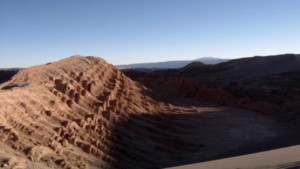
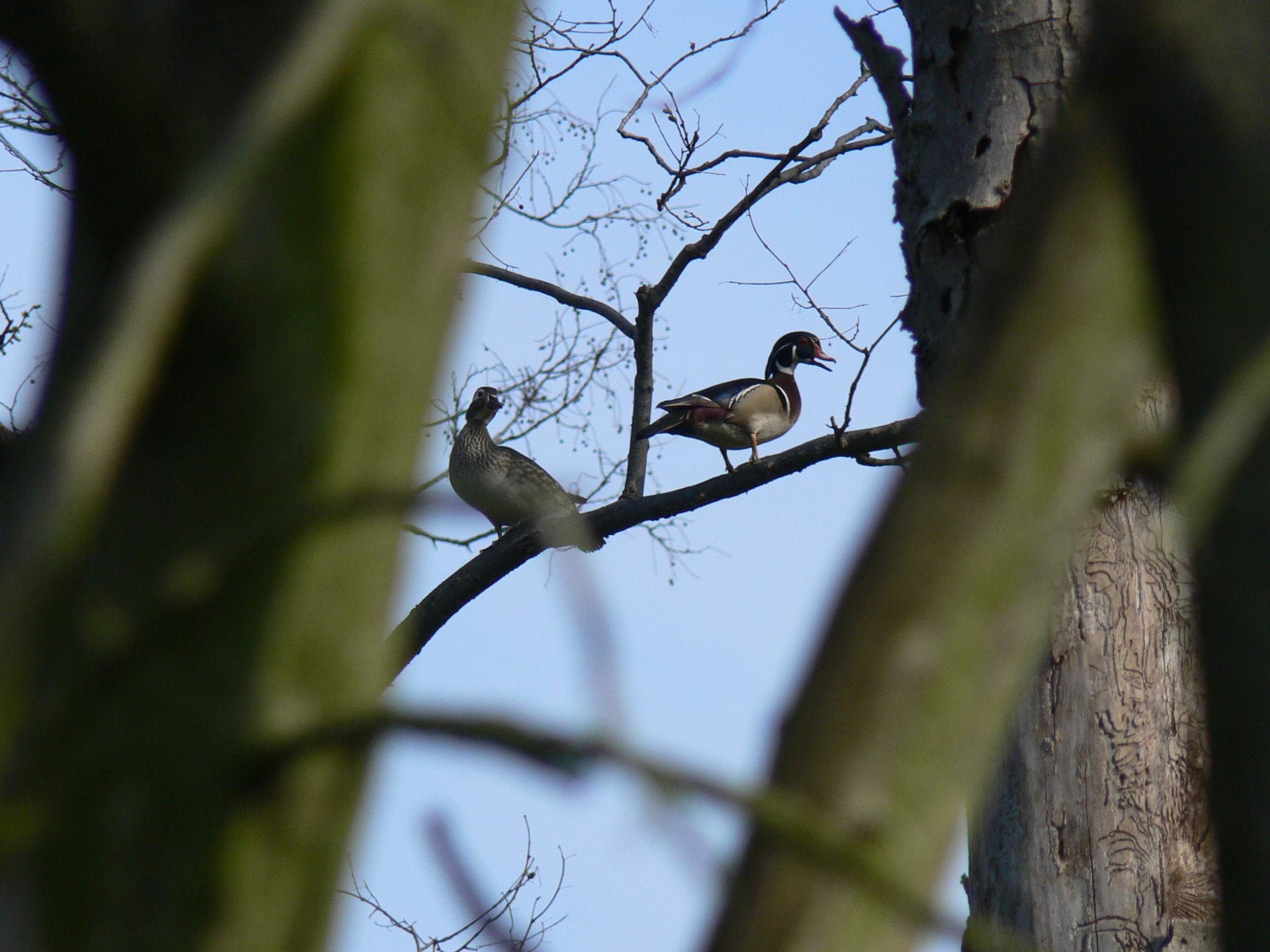
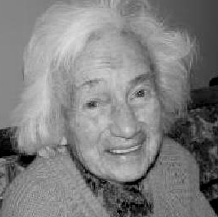 Gladys lived at the corner of Yonge Street and Major MacKenzie Drive until about 2 ye ars ago, but left after a long continuous battle with the Town and the Department of Highways who wanted to take over her property when the two roads were being widened.
Gladys lived at the corner of Yonge Street and Major MacKenzie Drive until about 2 ye ars ago, but left after a long continuous battle with the Town and the Department of Highways who wanted to take over her property when the two roads were being widened.